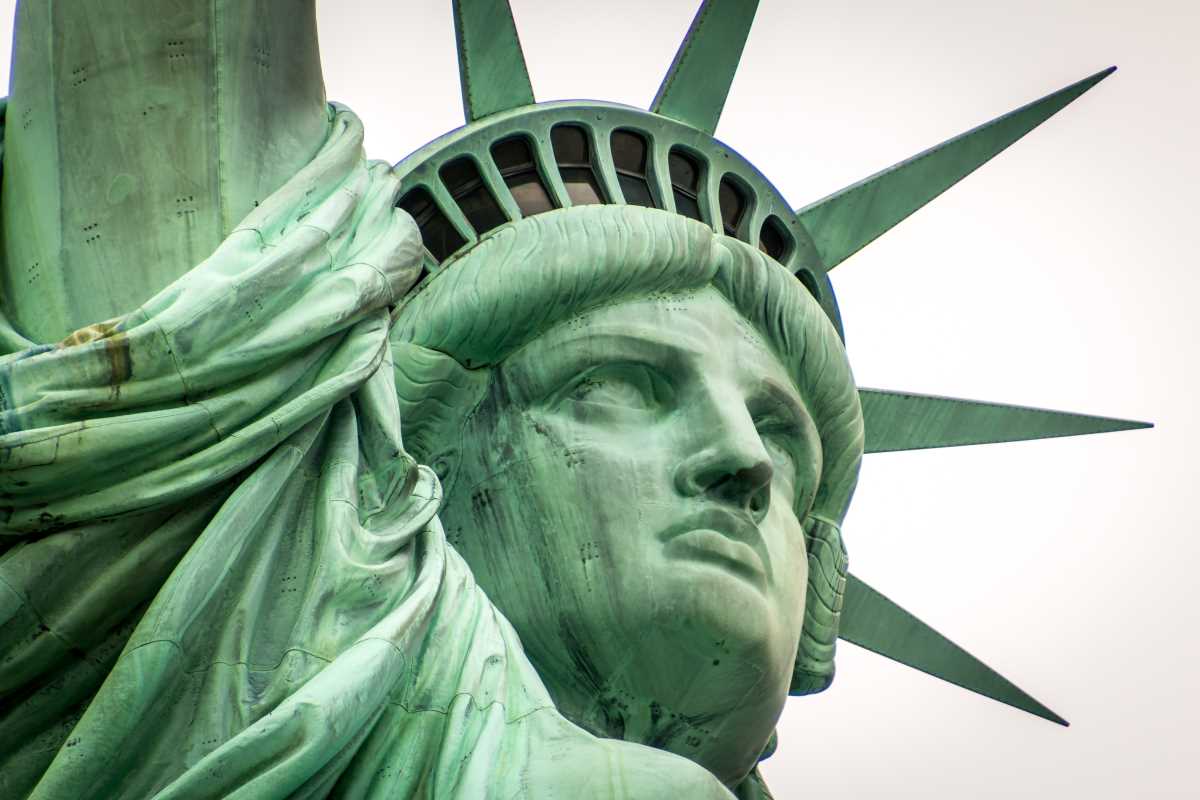The United States of America is one of the most powerful nations in the world today. Its influence stretches across politics, economics, technology, culture, and military power, making it a true global superpower. But the path to becoming this dominant player on the world stage was not simple or straightforward. From humble beginnings as a group of British colonies, the U.S. underwent significant changes over centuries to reach its current status. Understanding this transformation involves looking at pivotal moments, events, and decisions that solidified the nation’s influential role in world affairs.
Humble Beginnings and Early Development
The U.S. didn’t start as a global player. When the country declared its independence from Britain in 1776, it was a collection of 13 colonies on the eastern coast of North America. Its economy was small and largely based on agriculture, and its population didn’t have the resources or organization to compete with global powers like Britain or France.
After gaining independence in the Revolutionary War, the U.S. focused on expansion and development. The young nation doubled in size with the Louisiana Purchase in 1803, gaining a vast stretch of land west of the Mississippi River. This expansion set the stage for future growth in population, resources, and territory.
The Industrial Revolution
One of the crucial steps toward becoming a superpower was the Industrial Revolution of the 19th century. Advances in technology and manufacturing transformed the U.S. economy from one reliant on farming to one driven by factories and industries. Railroads crisscrossed the country, allowing goods and people to move quickly. Steel production, the invention of the telegraph, and significant innovations in machinery boosted productivity.
What set the U.S. apart during this time was not just its ability to industrialize but the scale at which it did so. The country had vast natural resources, like coal and oil, and a growing population that provided labor and consumers. By the end of the 19th century, the U.S. was one of the largest economies in the world.
A Global Presence Emerges
Although the U.S. was growing domestically in the 19th century, it was still relatively isolated from global affairs. All of that began to change at the end of the century.
The Spanish-American War (1898)
The Spanish-American War marked the beginning of the U.S.’s global ambitions. By defeating Spain, the U.S. acquired territories like Puerto Rico, Guam, and the Philippines. This showed the world that America wasn’t just a regional power anymore but an emerging force in international politics. The war also symbolized a shift in U.S. foreign policy from isolationism (staying out of world affairs) to interventionism (actively participating in global issues).
Growing Economic Power
By the early 20th century, the U.S. had become an economic powerhouse. Its industries were exporting goods worldwide, and its financial markets were increasingly influential. The massive wealth generated by the booming economy provided the resources necessary to fund military growth and global projects.
World War I and II
Two world wars in the 20th century played monumental roles in solidifying America’s status as a global superpower.
World War I
Although the U.S. initially stayed neutral, it entered World War I in 1917 and played a critical role in tipping the scales toward the Allied powers. After the war, the U.S.’s economy and military strengthened. The country also established itself as an important diplomatic player, helping shape the Treaty of Versailles, which ended the war.
However, after World War I, the U.S. returned to a more isolationist approach, avoiding entanglement in global issues for a few decades. This changed drastically with the outbreak of World War II.
World War II
World War II was a turning point. The U.S. entered the war in 1941 after the Japanese attack on Pearl Harbor. Its involvement was instrumental in defeating the Axis powers (Germany, Japan, and Italy). But what set the U.S. apart after World War II was not just its military success but its economic dominance. Unlike much of Europe and Asia, which were devastated by the war, the U.S. emerged largely unscathed, with a booming industrial base and a strong infrastructure.
The U.S. also played a leading role in creating post-war institutions like the United Nations and the World Bank, which helped shape global policies in ways favorable to American interests. The use of atomic bombs at the end of the war demonstrated the U.S.’s unprecedented military strength, further solidifying its status as a dominant global player.
The Cold War and Global Leadership
After World War II, the U.S. became one of the two main superpowers in the world, alongside the Soviet Union. The rivalry between these two nations led to the Cold War, a period of intense competition in military buildup, economic systems, and ideology.
Military and Technological Advancements
Throughout the Cold War, the U.S. expanded its military capabilities, building up nuclear weapons and maintaining a global military presence. The country also invested in technology. The space race against the Soviet Union saw American innovation reach new heights, with the U.S. landing a man on the moon in 1969. This wasn’t just a scientific victory but a demonstration of American power and ingenuity.
Spread of Capitalism
During the Cold War, the U.S. promoted its model of capitalism and democracy as alternatives to the Soviet Union’s communism. This ideological struggle saw the U.S. providing economic aid, military support, and training to allies around the world. Programs like the Marshall Plan helped rebuild Europe after World War II while solidifying alliances between the U.S. and other democratic nations.
Modern-Day Superpower Status
While the Cold War ended in the early 1990s with the collapse of the Soviet Union, the U.S. maintained its role as the world’s leading superpower into the 21st century. However, this dominance has evolved as new challenges and competitors, like China, have emerged.
Economic Leadership
The U.S. economy remains the largest in the world, a position it has held for decades. Companies like Apple, Microsoft, and Amazon dominate global markets, and the U.S. dollar is the most widely used currency for international trade.
Military Presence
America continues to have the most advanced military on Earth, with bases around the globe and unmatched capabilities in areas like drones and cyber-warfare. Its role as a global security leader means it is often involved in conflicts or peacekeeping efforts worldwide.
Cultural Influence
American culture, from movies and music to technology and social media platforms, has a soft-global influence. Hollywood, fast food brands, and tech giants like Google and Facebook contribute to this cultural leadership.
 (Image via
(Image via





